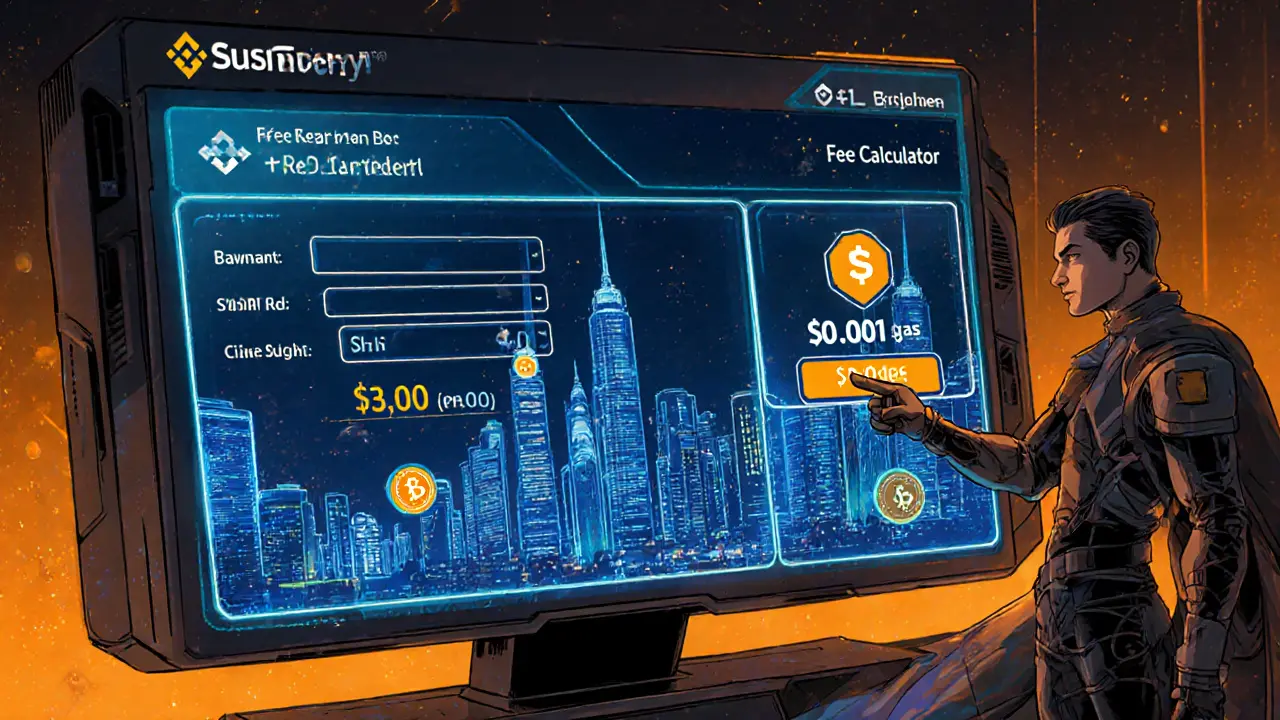SushiSwap BSC Review: Fees, Liquidity & Yield Farming Explained
A detailed SushiSwap BSC review covering fees, liquidity depth, yield farming, governance, security, and a step‑by‑step guide for new users.
Continue ReadingWhen dealing with SushiSwap fees, the charges applied to each swap on the SushiSwap decentralized exchange. Also known as SushiSwap trading costs, they combine a fixed percentage taken from the trade, any rebate you earn from holding the SUSHI token, and the underlying network gas fee. Understanding these pieces matters because they directly affect the net profit of any trade you make. Decentralized exchange, a platform that runs on smart contracts without a central order book is the broader category that SushiSwap belongs to, and it sets the stage for how fees are structured. Meanwhile, Liquidity Provider fees, the portion of each swap that goes to the pool’s liquidity contributors represent the core revenue source for pool creators and, indirectly, for any SUSHI‑staking user who receives fee rebates. In short, SushiSwap fees encompass three linked concepts: the base swap fee, the SUSHI rebate mechanism, and the gas cost needed to execute the transaction on the blockchain.
First, the base swap fee is a flat rate—currently 0.30% on most pools—that gets split between liquidity providers and the protocol treasury. This rate is the same across many Automated Market Makers, but SushiSwap adds a twist: if you hold SUSHI, you can stake it to claim a portion of the collected fees as a rebate, effectively lowering your personal cost. Second, the SUSHI token itself is a vital piece of the puzzle. Holding and staking SUSHI not only earns you a share of the protocol’s revenue, it also grants voting rights on governance proposals that can adjust fee structures. Third, gas fees are the network‑level expense you pay to miners or validators to process your trade on Ethereum or the chosen layer‑2. Gas can dwarf the 0.30% fee during periods of network congestion, so savvy traders time their swaps when gas prices dip. Together, these parts create a layered cost model: base fee → SUSHI rebate → gas fee. Knowing how each layer works lets you calculate the true cost of a trade before you click ‘Swap.’
Why does all this matter for everyday traders? Because the fee structure determines which strategies make sense. For example, high‑frequency traders often seek pools with low gas and high volume to minimize the impact of the 0.30% charge. Long‑term liquidity providers focus on the SUSHI rebate, staking their tokens to offset the base fee and boost overall returns. Meanwhile, casual users might simply compare SushiSwap’s total cost against competitors like Uniswap or PancakeSwap, looking at both the percentage fee and typical gas prices on the chosen network. Understanding that Automated Market Maker, a smart‑contract system that prices assets algorithmically models like SushiSwap rely on these fee mechanics helps you pick the right platform for each trade. Below you’ll find articles that break down each element in detail, show real‑world calculations, and offer tips on how to reduce your fees while maximizing returns.

A detailed SushiSwap BSC review covering fees, liquidity depth, yield farming, governance, security, and a step‑by‑step guide for new users.
Continue Reading